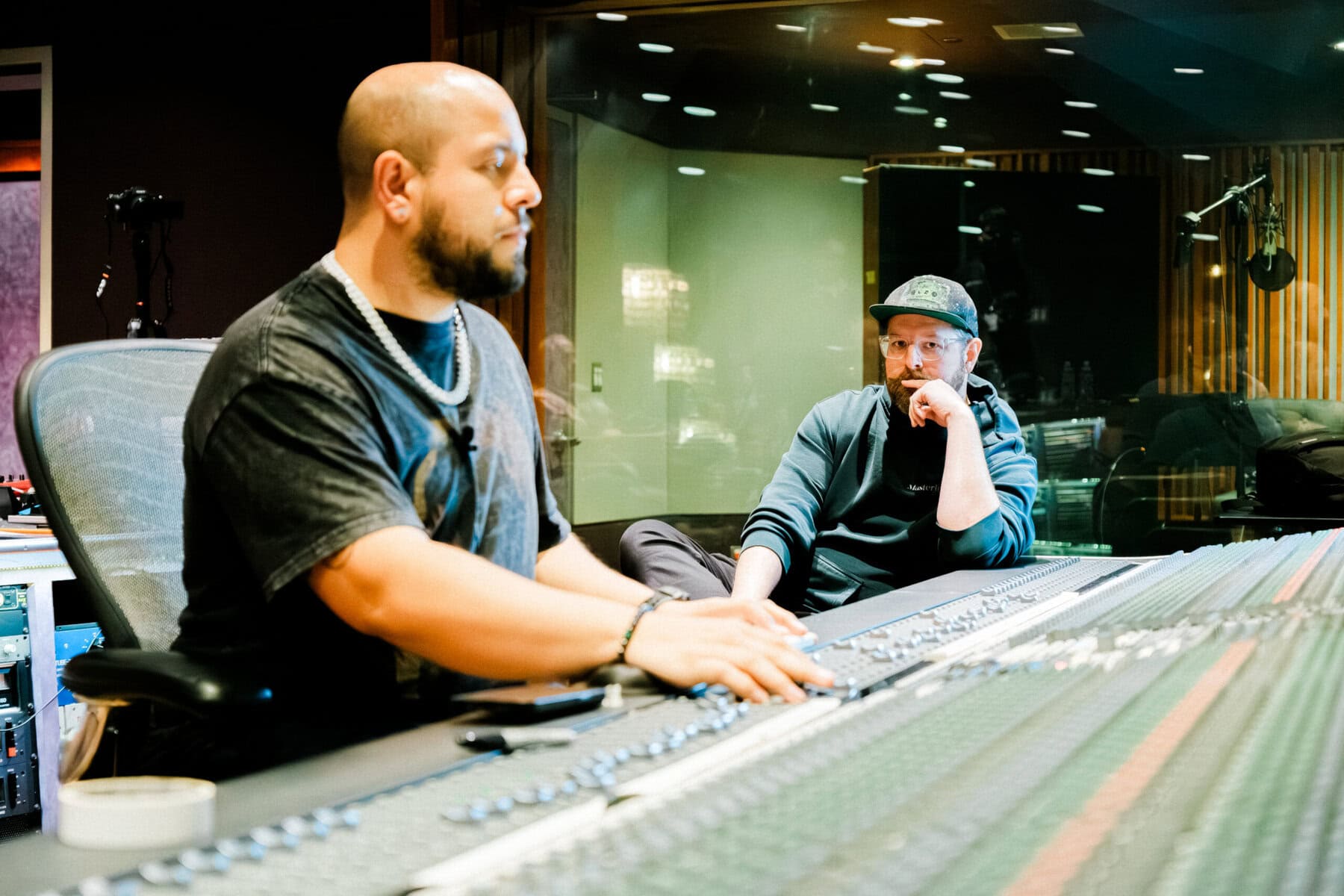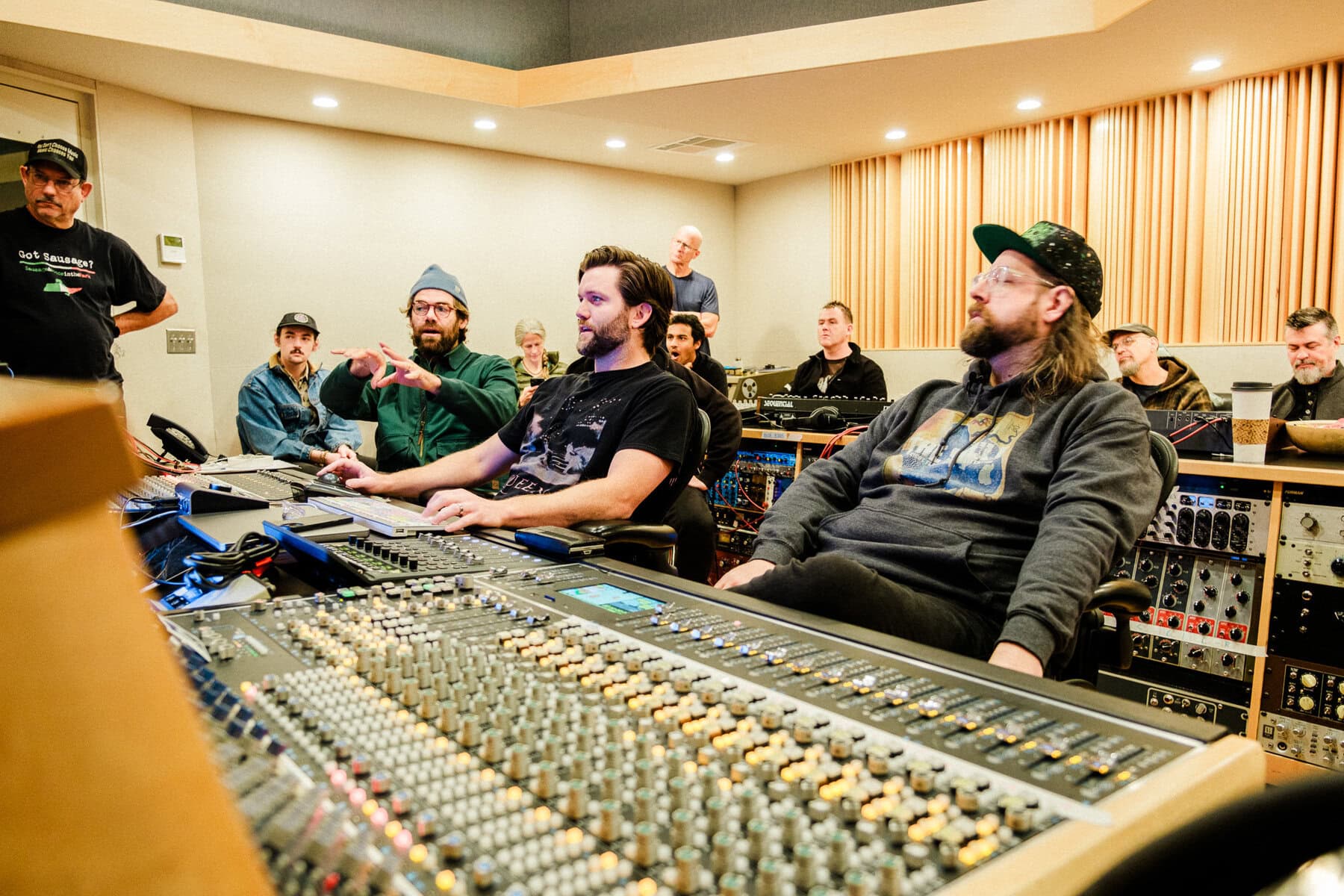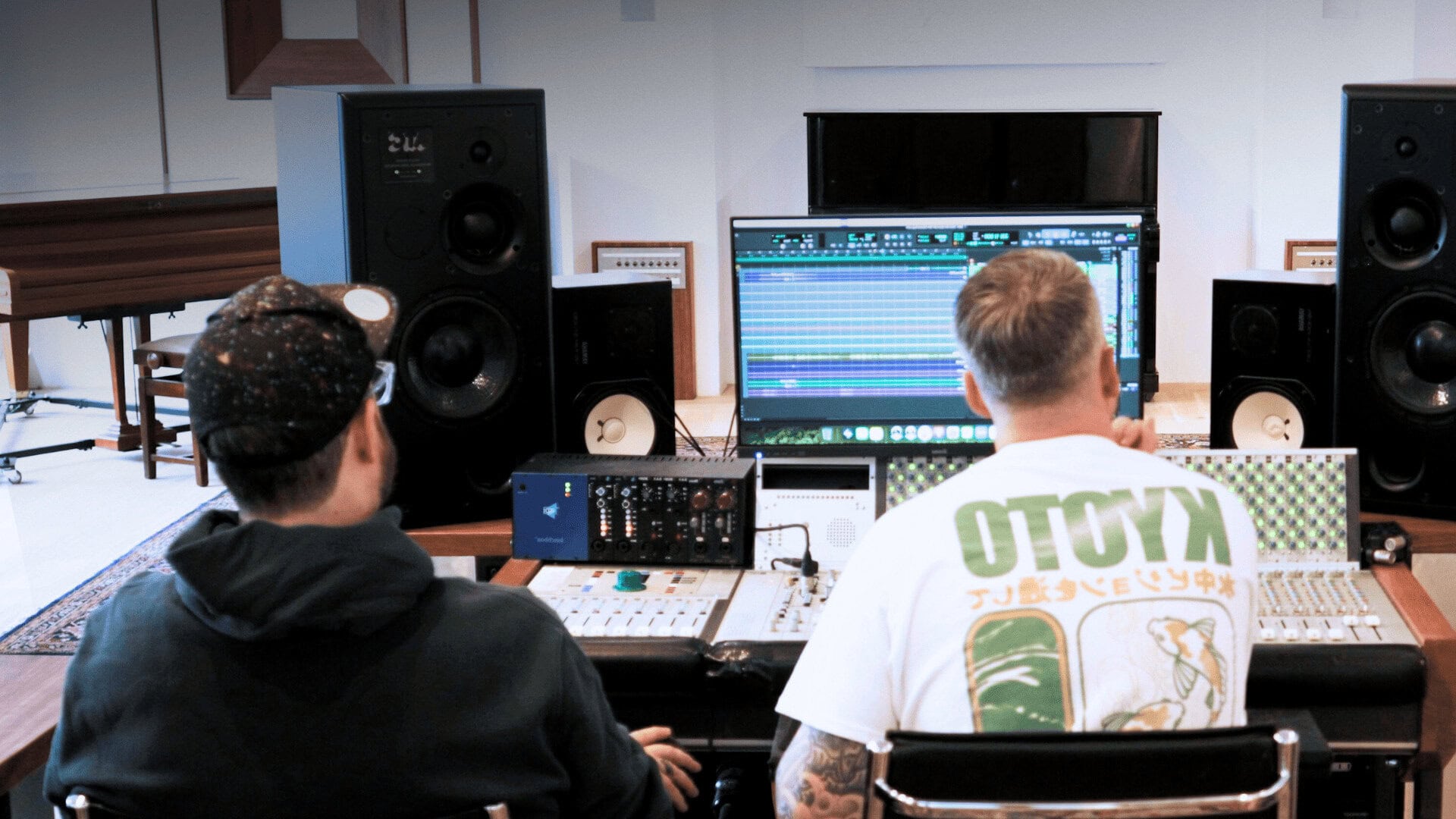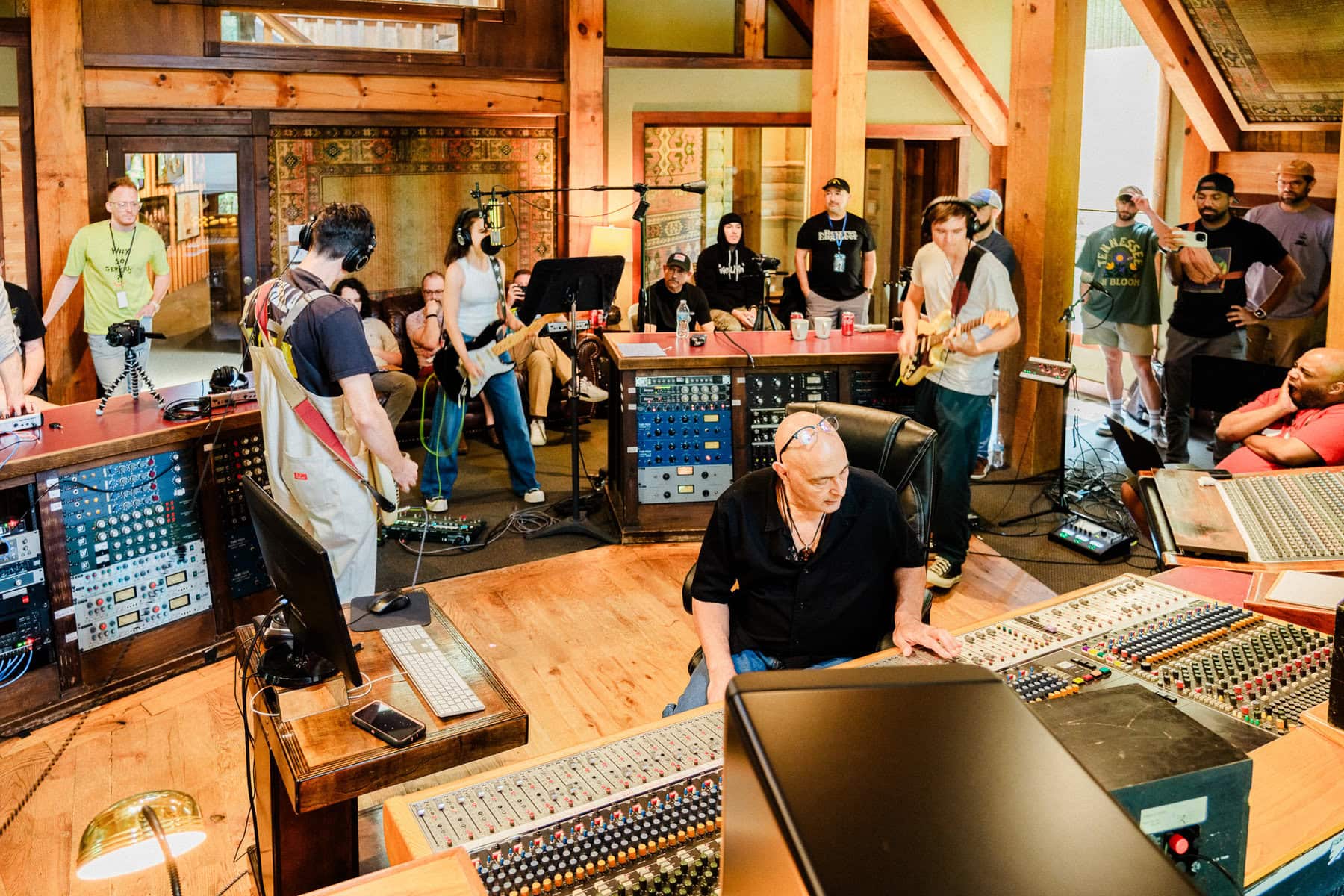Today, let’s talk about compression, and then specifically in mastering. The goal of compression in the mastering stage is not to shape individual sounds, but to bring cohesion and consistency to the whole mix. Done right, it controls dynamics in a musical way, adds a sense of glue, and can make a track feel polished without squashing its life.
Here are the key parameters of a compressor and how to approach them in a mastering setting:
Attack
A slower attack lets transients (like kick and snare hits) punch through, keeping the track lively. A faster attack smooths those peaks but can flatten the energy if overdone. For a louder master, go for faster attack times to tame transients. For a more dynamic master, slower.
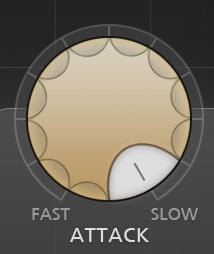
Release
The release time determines how quickly the compressor recovers. Too fast, and you’ll hear distortion. Too slow, and the compressor will simply not do much, or the compression will be too subtle. I like to start with a medium release and make it faster until the compressor sounds too aggressive, then back it off to find the sweet spot.
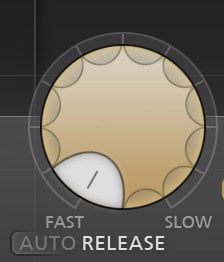
Ratio
In mastering, keep ratios gentle. Somewhere between 1.2:1 and 3:1 is usually enough. Remember, you’re not trying to reshape the mix, just control it subtly.
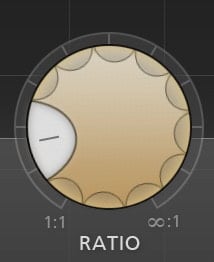
Threshold
Set it so you’re shaving off just a few dB of gain reduction at the loudest moments. A little goes a long way, too much and your track will lose its depth and dynamics.
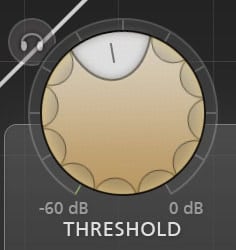
Knee
For mastering, a soft knee is usually best. It eases the compressor into action, making gain reduction smoother and less noticeable. A hard knee, by contrast, sounds more obvious and aggressive, which rarely suits mastering.
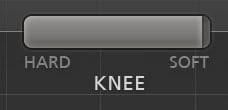
When used with intention, compression in mastering adds the final polish, turning a good mix into a professional-sounding master that translates across different systems and platforms.
If you want to learn how to make your masters loud without nasty audible distortion, check out this YouTube video with 10 tips for louder masters without distortion!
That video covers why compression can actually make your masters quieter… and isn’t something you should use on every master.
Also – keep an eye out for a special announcement tomorrow about an in-depth mastering event that we’re running next week. As far as events go, it’s the deepest we’ll go into mastering outside of our full programs.
Until then,
Rob


